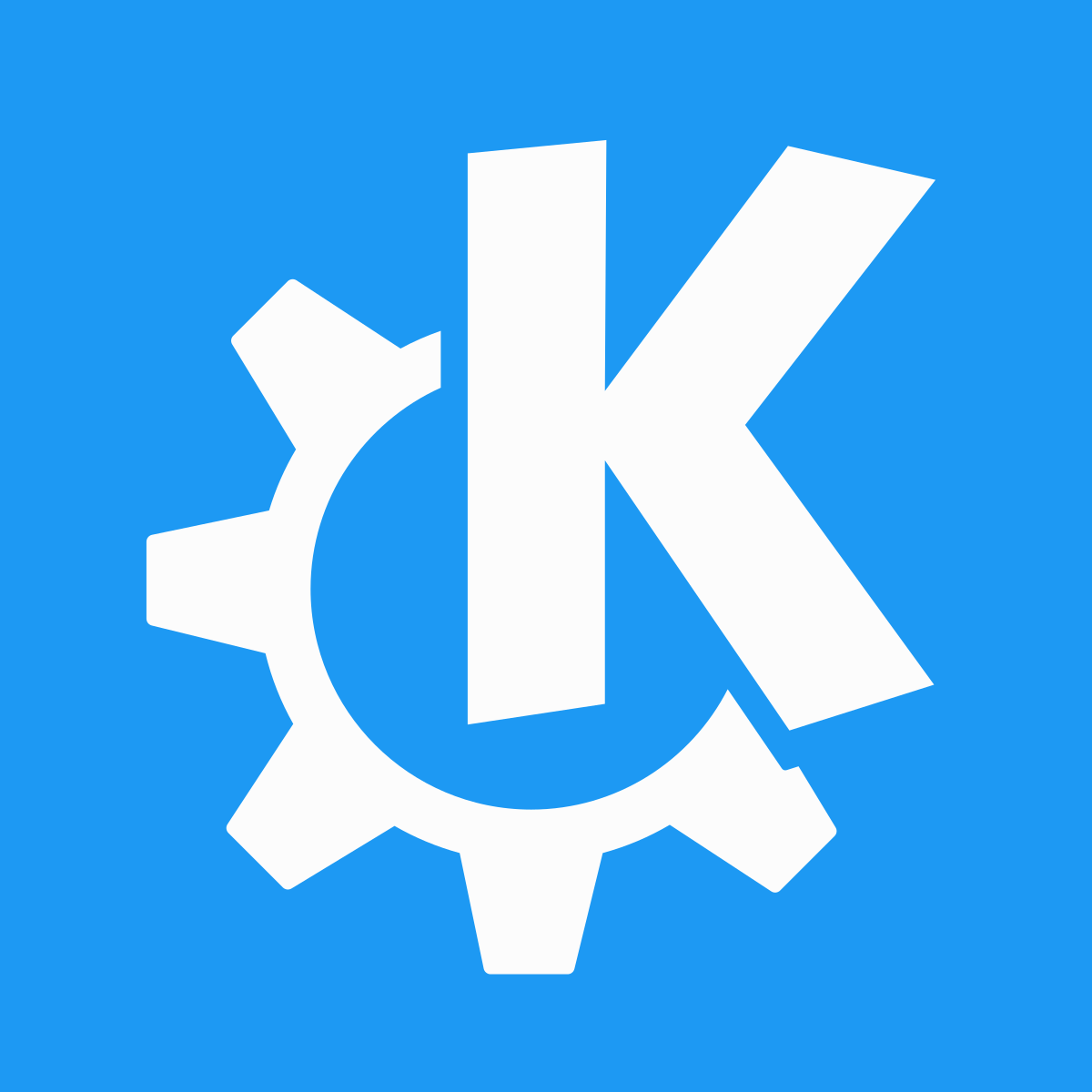
KDE or K Desktop Environment, is a free desktop environment for Unix-compatible systems. The goal of the project is to provide a complete, user-friendly, easy-to-use interface for each user’s personal needs. KDE is the standard desktop environment on the following distributions: Mandriva, Kubuntu, SUSE, Knoppix, Slackware and can be one of the options on Debian, Gentoo or can be installed as a secondary medium on Ubuntu, Red Hat and Fedora.
KDE was the first integrated desktop environment available for Linux. Developed since 1996 by a team co-ordinated by Matthias Etrich, the system is based on Trolltech’s Qt tool kit and was written using C ++. The main paradigm was to provide a complete desktop environment – the basic interface, a set of programs, configuration tools for those programs, and for the system – all showing and running the same. This way of thinking, unique at that time for Linux, has led to the popularization of this desktop environment since the first version.
The KDE project mascot is a green dragon named Konqi. KDE is the right choice for those who want an environment as close as the one they are already used to. Version 4 has transformed this interface into one of the most graphically successful desktop environments but also the biggest resource consumer one. It is ideal for a modern PC and for a user who wants to get a brilliant desktop without too much work.
KDE 4 libraries have been upgraded to almost all plans. The Phonon development framework provides independent platform support for all KDE applications, while “Solid” makes it easier to interact with (removable) devices, providing tools for a better power management. The KDE 4 Desktop has acquired some new features of a great importance. The Plasma workspace offers a new interface, including a panel, menu, desktop widgets, and a dashboard function. Kwin, the KDE windows manager, now supports advanced graphics effects to make it easier to interact with the windows.
Many KDE applications have also been enhanced: visual updates through vector graphics, changes to basic libraries, user interface enhancements, new features, and even new applications. Okular, the document viewer and Dolphin, the file manager are just two applications that highlight KDE 4’s new technologies. The Oxygen theme provides new air for the work environment. Almost all visible parts of the KDE workspace user and applications have been improved. Beauty and logic are just two of the basic concepts behind Oxygen.
Updates for desktop
Plasma is the new workspace model. Plasma provides a panel, a menu and other possibilities to interact with your desktop and applications. KWin, KDE’s windows manager now supports advanced 3D features. Hardware acceleration takes better care of user-window interaction. Oxygen is the new KDE 4.0 theme. This concept gives you simplicity, ease of use and and it is pleasing to the eye.
Apps
Konqueror is the easy-to-use, well-integrated web browser that supports new standards, such as CSS3.
Dolphin is the new KDE file manager. Its development has gone from the idea of ease of use but taking into account the advanced needs of users. That makes Dolphin an excellent program.
A new control interface has been introduced in “System Settings”. KSysGuard, the monitoring program now makes it much easier to supervise resource consumption and system activity.
Okular, the document viewer available in KDE 4.0 supports a multitude of files.
The educational package programs were among the first applications ported and developed using the new KDE 4.0 technology. Kalzium, the Periodic Table of Elements and Marble Desktop Globe can be called the lance tips of these programs for the educational sector.
A lot of KDE games have been updated. KMine, a replica of the famous minesweeper or KPat are just a few examples. Thanks to vector graphics facilities, games have become independent of the resolution used.

